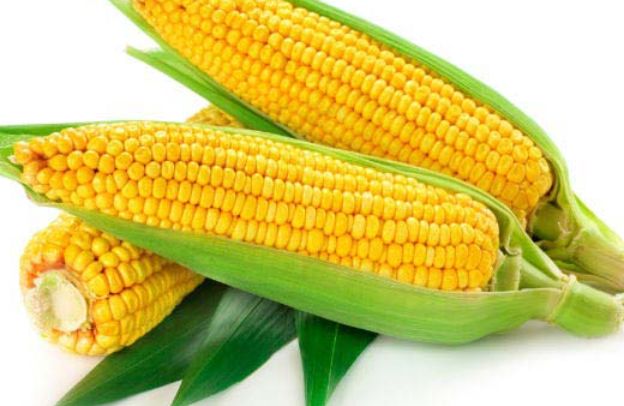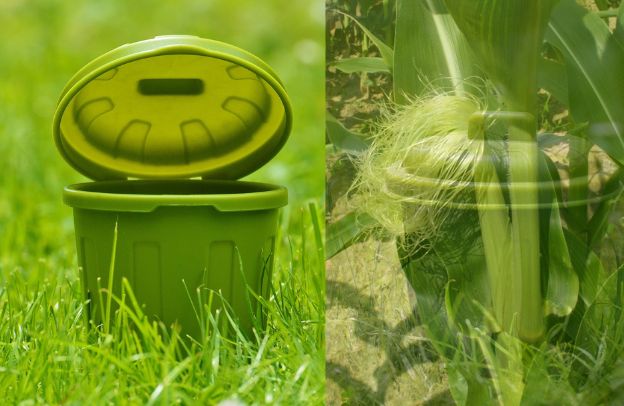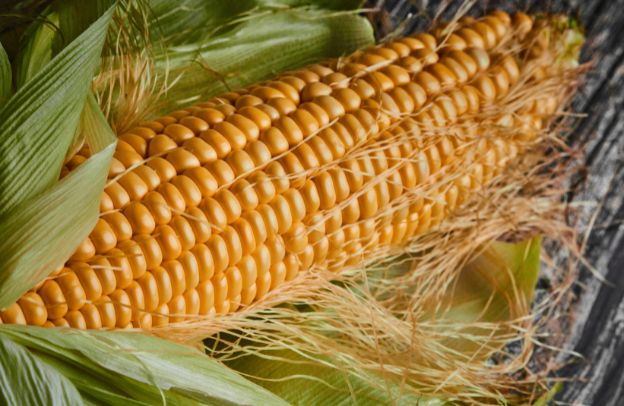How to Make Homemade Cornmeal from Fresh Maize

What are cornmeal and its uses
Cornmeal is a finely ground powder made from dried corn kernels. It has a yellow or white color and is used as a staple ingredient in many traditional dishes, particularly in the Southern United States and Mexico. Cornmeal is used to make cornbread, corn muffins, and polenta, and as an ingredient in many other pieces of bread, cakes, and pancakes. It can also be used as a coating for fried foods, such as fish and chicken.
Join AClasses Media if you want to learn more about Content Creation Strategy and how to leverage content for your Business.
In addition to its culinary uses, cornmeal can also be used for other purposes such as exfoliating scrub and as a natural remedy for skin irritations. Cornmeal is gluten-free and is a good source of carbohydrates, protein, and fiber.
The materials and equipment needed to build cornmeal
The materials and equipment needed to make homemade cornmeal from fresh maize include:
- Fresh maize: You will need whole ears of maize to make cornmeal. It’s best to use high-quality, ripe maize for the best results.
- Grinder or mill: You will need a device to grind the maize into a coarse meal. This can be done with a hand-crank grinder, a food processor, or an electric grain mill.
- Strainer or sieve: To remove any debris or large pieces from the meal, you will need a strainer or sieve.
- Baking sheet or tray: To dry the cornmeal, you will need a baking sheet or tray to spread the meal out on.
- An airtight container: Once the cornmeal is dry, you will need an airtight container to store it in.
- Optional: Water for soaking the maize overnight to soften.
- Optional: A pot or pan to roast the maize before milling to give a different flavor to the final product.
How to prepare the maize for cornmeal
To prepare the maize for making cornmeal, you will need to first clean and remove the husks from the fresh ears of maize. This can be done by pulling the husks off by hand or using a sharp knife to remove them. Once the husks are removed, you will need to remove the silk and any other debris from the ears.
Once the maize is cleaned and the husks are removed, you have the option to soak the ears in water overnight. This will help to soften the kernels, making them easier to grind. To soak the maize, place the ears in a large bowl or pot and cover them with water. Cover the bowl or pot with a lid or plastic wrap and place it in the refrigerator overnight.
Alternatively, instead of soaking, you can roast the ears of maize on a grill, oven, or stovetop to give a different flavor profile for the final product.
Once the ears have been soaked or roasted, they are ready to be ground into a coarse meal, which will then be strained to make the cornmeal.
How to Grind the maize
To grind the maize into a coarse meal, you will need to use a grinder or mill. Here are a few options for grinding the maize:
- Hand-crank grinder: This is a manual option that involves turning a crank to grind the maize. It can be a bit labor-intensive, but it is a low-cost option and produces a coarse meal.
- Food processor: If you have a food processor with a grinder attachment, you can use it to grind the maize into a coarse meal. This method is faster than using a hand-crank grinder, but the meal may not be as coarse.
- Electric grain mill: This is an electric option that uses a motor to grind the maize into a coarse meal. This method is the fastest and produces the most consistent results.
After grinding the maize, you will need to pass the meal through a strainer or sieve to remove any large pieces or debris. This will ensure that your cornmeal is smooth and free of any impurities.
It’s important to note that you can adjust the coarseness of the meal by adjusting the setting on your grinder or mill or by running the meal through the sieve or strainer multiple times.
Drying and storing the cornmeal
After the maize has been ground and strained to make the cornmeal, the next step is to dry it. Drying the cornmeal will help to remove any remaining moisture and will ensure that it stays fresh for a longer period.
To dry the cornmeal, spread it out on a baking sheet or tray in a thin, even layer. Place the tray in a warm, dry place, such as an oven with the light on, or a warm room with good air circulation. Allow the cornmeal to dry completely, which can take anywhere from a few hours to a day or more, depending on the humidity and temperature.
Once the cornmeal is dry, it is ready to be stored. To store the cornmeal, transfer it to an airtight container and keep it in a cool, dry place. It is important to keep the cornmeal in an airtight container to protect it from moisture and humidity, which can cause mold and spoil the cornmeal.
It is recommended that you use the cornmeal within a few months of making it for the best results. If you notice any signs of mold or spoilage, discard the cornmeal immediately.
Tips for using homemade cornmeal in recipes
Here are a few tips for using homemade cornmeal in recipes:
- Use it in place of store-bought cornmeal in any recipe. Cornmeal can be used to make traditional dishes such as cornbread, corn muffins, and polenta, and as an ingredient in many other bread, cakes, and pancakes.
- Use it as a coating for fried foods. Cornmeal can be used to give a crispy texture and a nutty flavor to fried foods such as fish and chicken.
- Experiment with different grinds. You can adjust the coarseness of the meal by adjusting the setting on your grinder or mill or by running the meal through the sieve or strainer multiple times, so you can experiment with different textures.
- Combine it with other flour. Cornmeal can be combined with other flour, such as wheat or oat flour, to make a variety of baked goods.
- Use it as a natural remedy for skin irritations. Cornmeal can be used as a gentle exfoliating scrub for the skin and can also be used as a natural remedy for skin irritations such as sunburn, rashes, and bug bites.
By making your cornmeal, you can enjoy the freshest and most flavorful cornmeal, and it’s a great way to use up fresh maize if you have it in abundance. Remember to store it properly and enjoy your homemade cornmeal!
Conclusion on how to make homemade cornmeal from fresh maize
In conclusion, making homemade cornmeal from fresh maize is a simple and rewarding process. It involves cleaning and removing the husks from the fresh ears of maize, grinding the kernels into a coarse meal, straining it to remove any debris, and finally drying and storing the cornmeal.
The process can be done with a hand-crank grinder, a food processor, or an electric grain mill. The final product can be used in a variety of dishes such as cornbread, corn muffins, polenta, and fried foods.
Homemade cornmeal also has other uses such as a natural remedy for skin irritations. With homemade cornmeal, you can enjoy the freshest and most flavorful cornmeal. Remember to store it properly and enjoy your homemade cornmeal!
Join AClasses Media if you want to learn more about Content Creation Strategy and how to leverage content for your Business.






